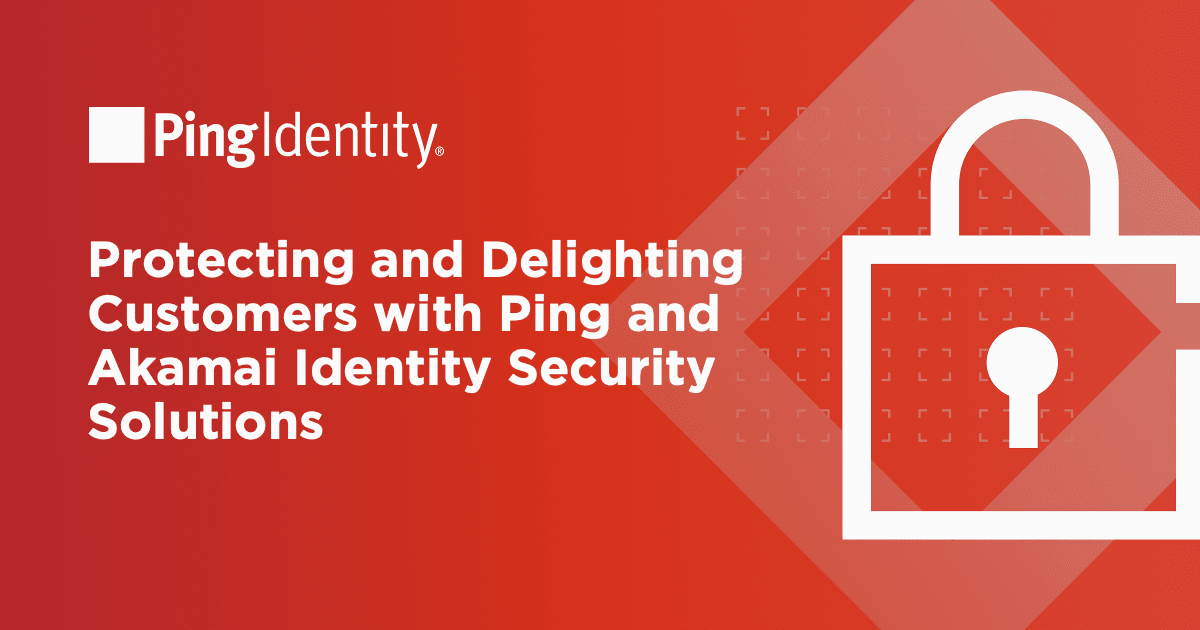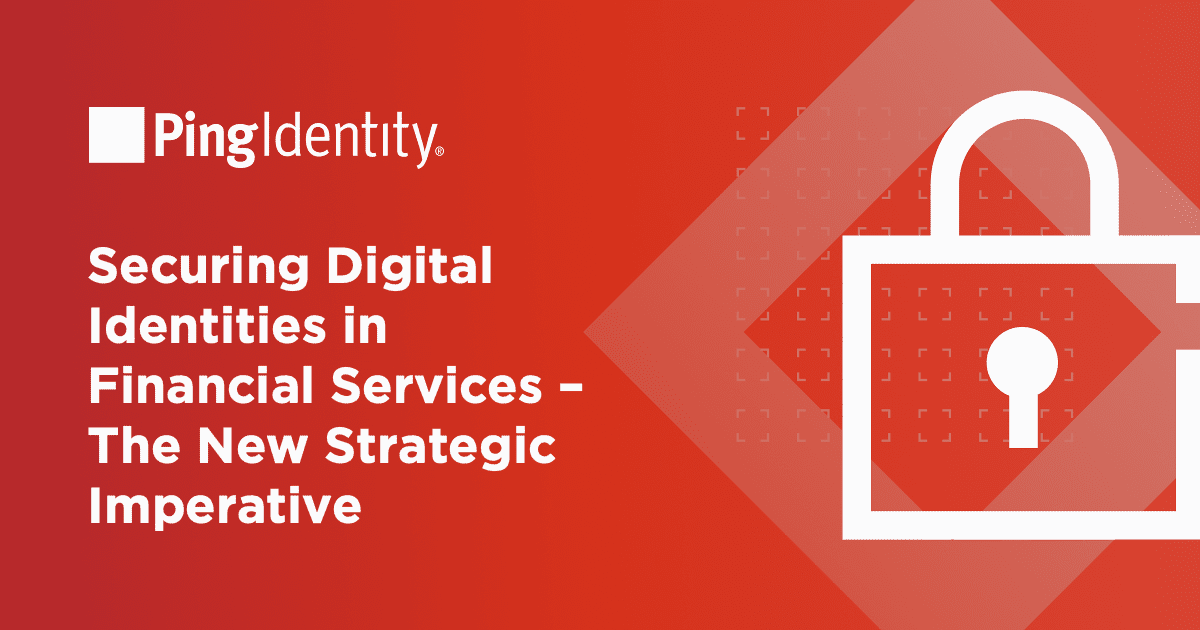Standard Chartered Bank is changing the future of banking by simplifying authentication for its customers --letting customers decide the best way to access their accounts and get things done, without jumping through extra hoops. In the ultra-competitive world of retail banking, customer service is the competitive advantage and identity is key.
I recently had the pleasure of chatting with Alan Chiew, Executive Director and Head of Technology at Standard Chartered Bank. His team is tasked with improving customer experience and security for the bank’s mobile apps and Internet banking platforms. They are responsible for managing daily logins in the hundreds of millions across 30 retail markets.
ForgeRock: As a 160-year-old institution, Standard Chartered is a financial services global leader. But you’re in a fiercely competitive market where customers are becoming more demanding. Can you tell us about the role identity plays in your digital strategy for keeping customers happy?
Alan: Customer Identity and Access Management (CIAM) has always been a critical solution for the bank. We are introducing a new identity management solution to strengthen our ability to deliver an outstanding customer experience, which is also underpinned by world-class security. It’s a core component of our strategy over the next few years.
Our aim is to give customers the ability to use a single identity regardless of the channel. There are currently different authentications for different channels, but this can cause confusion and therefore cause a negative experience for customers. Some apps allow you to use your face (or biometrics). For example, in China, you can walk into a branch, show your face and receive cash. Customers can also use a pin number for an ATM, a different pin number for a call center, and a username and password for online banking. At Standard Chartered, we want to give the customer the ability to choose their preferred method of authentication while also ensuring the highest level of security.
ForgeRock: That makes sense, especially as many studies reveal that a seamless digital experience can help a business grow exponentially. What have been your barriers to success?
Alan: We have to balance the priority of the customer experience with risk. We can achieve that through continuous and progressive profiling of the customer and the risks associated with that customer. We need to be sure we know who they are, and we accomplish this through improved experience and security. If we are confident that you are you, then that is low risk. But if you login from a new location, try to make a new and costly payment -- that’s high risk. The right technology can help us strike that balance.
ForgeRock: So, you didn’t have the right technology in place?
Alan: Like many banks, we were dealing with a mix of legacy and homegrown systems, some of which were nearing end-of-life. While these solutions served us well in the past, they were beginning to cause a high total cost of ownership (TCO). Additionally, we have ambitious plans in terms of customer service and these systems would eventually cause a difficult customer experience and slow our time to market. So, we decided to centralize our CIAM into one platform.
ForgeRock: Standard Chartered is using ForgeRock to authenticate your 85,000 employees. Why was the ForgeRock Identity Platform the best choice for your CIAM implementation?
Alan: Since we were already using ForgeRock internally for authentication, we knew it was a proven and trusted solution for staff and we could trust it for customers as well. We of course conducted our market research and conducted a few POCs, and we confirmed that ForgeRock’s functionality and technical capabilities as well as ease of implementation and high levels of support would serve us well.
By simplifying our legacy systems and consolidating them on the ForgeRock Identity Platform, we can get faster implementation and introduction of new services, reduce onboarding costs, and provide digital IDs to customers that are secure and easy to use. We are placing digital identity at the heart of our systems.
ForgeRock: Your digital strategy sounds perfect for retaining and growing your customer base through exceptional consumer experiences. What about other growth areas like virtual banking, which is booming and projected to hit $9 billion by 2026? How will your digital strategy help you seize this opportunity?
Alan: We have an aggressive virtual banking strategy, launching multiple virtual banks across many regions like we did with ForgeRock customer Mox Bank in Hong Kong. These are completely different brands from Standard Chartered, but the challenge is the same: Onboarding is 100% digital as there is no branch to walk into and present a passport or ID card. That’s why you need to have a strong identity solution to support virtual banking.
ForgeRock: You operate in many different countries, each with their own unique IDPs (Identity Providers). How do you manage that challenge?
Alan: With 30 different markets, we are faced with 30 different regulations. Each government offers unique IDPs like SingPass in Singapore and IELTS in India. ForgeRock’s open APIs and industry standards are important--they allow us to easily integrate into the various governments by connecting to their external authentication providers. The standards and open APIs are also essential to our open banking strategy. ForgeRock’s open standards and open APIs ensure we have a single platform to support our open banking solution.
For more information on how digital identity helps Financial Services teams address key business initiatives, visit us here.


